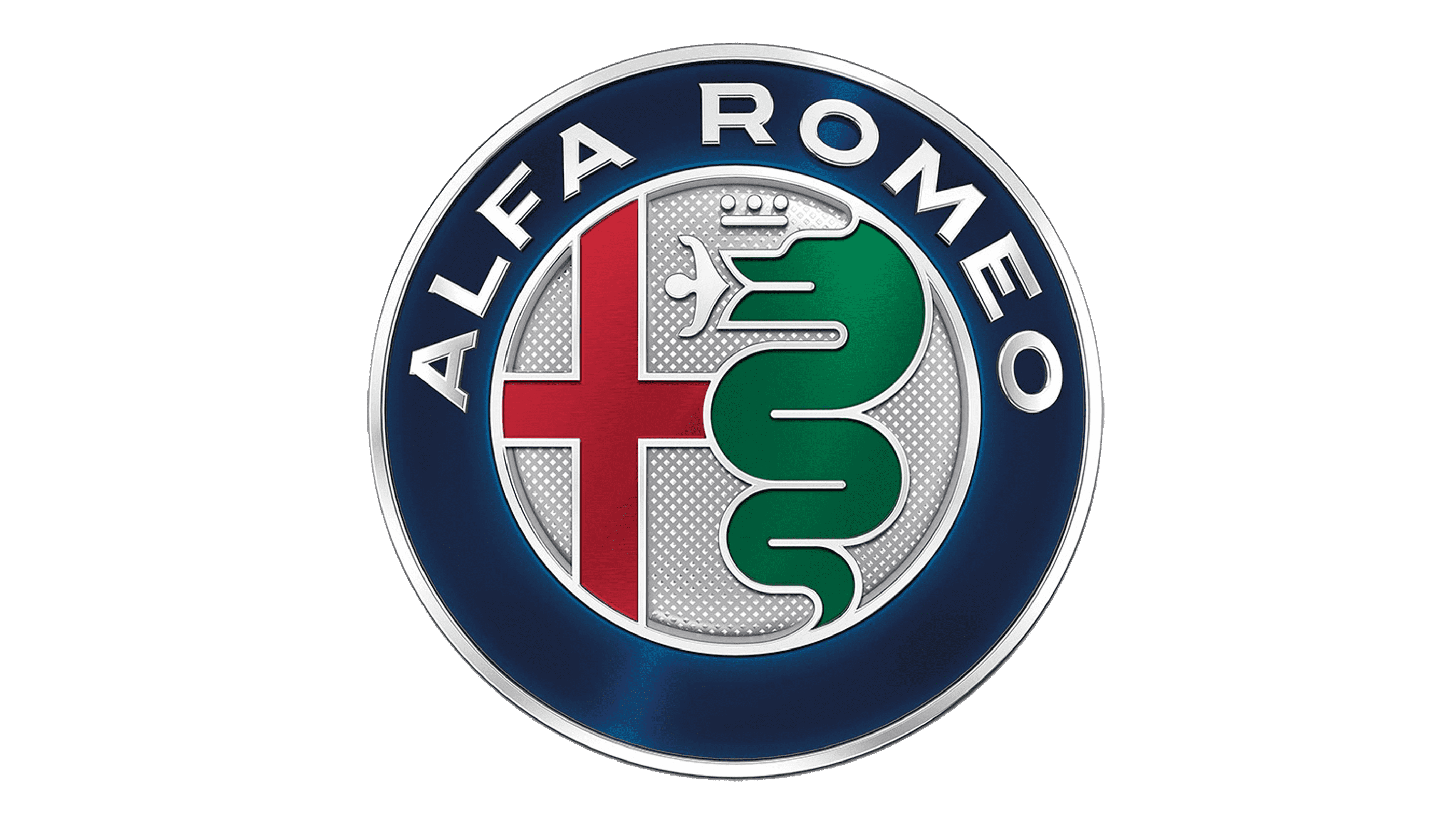1931 Alfa Romeo 8C 2300 Monza

The descriptions of the Classic Cars in the Directory were partly generated or supplemented with the help of artificial intelligence (AI). The content may occasionally not always be entirely accurate or factually correct despite careful checking.
The Alfa Romeo 8C 2300 Monza 1931 is a legendary sports car that was manufactured by the Italian auto giant, Alfa Romeo, between 1931 and 1933. It is considered to be one of the most successful and iconic racing cars of its era, and has been celebrated for its groundbreaking engineering and design. The car was designed by the legendary engineer, Vittorio Jano, and was the third generation of the 8C family.
The 8C 2300 Monza 1931 was powered by a 2.3-liter supercharged eight-cylinder engine that produced 180 horsepower. This engine was a marvel of engineering for its era and was built entirely by hand. It had a twin-overhead camshaft configuration, with two carburetors, and a Roots-type supercharger. The aluminum block and head were both cast in separate pieces and then bolted together, which was an innovative approach that helped to reduce weight and increase strength.
The chassis of the Alfa Romeo 8C 2300 Monza 1931 was also revolutionary for its time. It featured a tubular space frame with cross-bracing, which made it extremely rigid and light. This design was ahead of its time and has influenced the design of many modern sports cars. The suspension system consisted of independent front and rear axles with quarter-elliptic leaf springs and friction shock absorbers.
The exterior design of the 8C 2300 Monza 1931 was also a masterpiece. It had a sleek, aerodynamic body that was made of lightweight aluminum, which helped to reduce its overall weight. The car had a long hood and a short, chopped-off tail, which made it look extremely aggressive and intimidating. The car's front fenders were also streamlined and integrated into the body, which helped to reduce drag and increase speed.
The Alfa Romeo 8C 2300 Monza 1931 was a racing beast that dominated many racing circuits during its time. It was driven by some of the greatest drivers of the era, including Tazio Nuvolari, who won the Mille Miglia race in 1932 in an 8C 2300 Monza. The car was also successful in other races, including the 24 Hours of Le Mans and the Targa Florio.
Overall, the Alfa Romeo 8C 2300 Monza 1931 was a technical masterpiece that was ahead of its time. Its innovative engineering and design have had a lasting impact on the automotive industry and have inspired many modern sports cars. The car's combination of power, speed, and agility made it a true racing legend that will never be forgotten.
Milestones
- 1931: Introduction of the Alfa Romeo 8C 2300 Monza racing car - 1931: First appearance at the Targa Florio race in Sicily, Italy - 1931: Victorious at the Italian Grand Prix at Monza with driver Giuseppe Campari - 1932: Winner of the Monaco Grand Prix with driver Tazio Nuvolari - 1933: First place at the 24 Hours of Le Mans endurance race with drivers Raymond Sommer and Luigi Chinetti - 1934: Record-breaking run at the Mille Miglia race in Italy with driver Clemente Biondetti - 1934: Established a new speed record of 137 mph at the Brooklands circuit in England - 1935: Last appearance at the Tripoli Grand Prix in Libya, finishing in second place with driver Tazio NuvolariTechnical
- Engine: 2.3-liter straight-eight - Power output: 178 horsepower - Top speed: 137 mph (220 km/h) - Transmission: Four-speed manual - Suspension: Front and rear independent - Brakes: Four-wheel hydraulic drum - Weight: 1,433 kg - Wheelbase: 2,550 mm - Length: 3,613 mm - Width: 1,399 mm - Height: 1,219 mm - Production period: 1931-1932 - Production quantity: Approximately 188 units, including road and race versions.